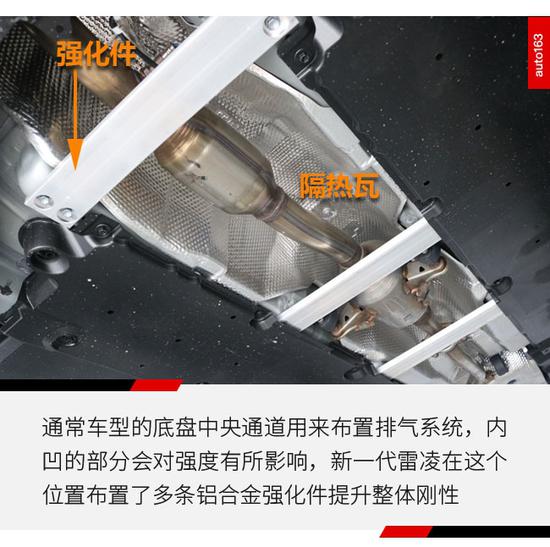Toyota’s TNGA architecture can be said to have brought us a lot of new things, whether it is vehicle technology or manufacturing, it has introduced a new concept. And GAC Toyota Ralink will also become another vehicle that implements the TNGA architecture, and what is presented today is Ralink’s chassis technology.
■ Quickly learn about GAC Toyota’s new Ralink
GAC Toyota’s new-generation Ralink will launch a total of 10 models, with a total of 1.2T and 1.8L hybrid dual-engine versions, divided into five levels: aggressive version, luxury version, sports version, technology version, and exclusive version. It will be officially listed on May 20.
■ Front suspension: McPherson at home
In terms of front suspension, there is no suspense at this level. Even new luxury brand cars are basically MacPherson structures, and the new generation of Ralink is no exception.
In order to improve the comfort, the suspension details of the new model have been adjusted. For example, the rubber base for fixing the spring on the top of the tower and the shock absorber is designed as a split structure, which can better alleviate vibration and impact than the previous integral design.
■ Rear suspension: upgraded multi-link
The domestic first-generation Ralink, the rear suspension is a common torsion beam structure:
The new generation of Ralink based on the TNGA architecture is upgraded to a multi-link structure (Toyota officially calls it a double wishbone, which is actually a common E-type multi-link).
■ Chassis details
Noise reduction + enhanced processing in place
In fact, a large-area guard plate was arranged under the spare tire compartment (rear of the chassis) of the previous generation of Ralink to improve the vehicle’s NVH performance and sand and stone impact resistance.
The chassis protection of the new generation of models is more comprehensive, and it is hoped that this can further improve the NVH performance of the vehicle. After all, the comfort of a family car is the first demand.
From the perspective of the wheel eyebrows, some details can also show the quality of the new generation of Ralink, for example, the shock absorbers are from KYB, and the wheel arches are also covered with large-area guard plates.
In addition to comfort, the TNGA architecture also attaches great importance to the dynamic performance of the vehicle. From the chassis of the new generation Ralink, we can also see many reinforcements to increase the rigidity of the chassis.

Previously, the Ralink we actually shot was equipped with Dunlop tires, and the show car we shot later was equipped with Bridgestone tires, and the specifications were all /55R16, which was also in line with its positioning as a family car.
Conclusion: Although the power of the new generation of Ralink has not changed so much, based on the TNGA architecture, its chassis has changed a lot. Whether it is the suspension structure or many details, it can be foreseen that it has laid the foundation for good handling and comfort. Of course, both static observation and dynamic experience are indispensable.
Source of this article: Netease Automobile, author: Hou Jie, responsible editor: Yan Gongliang_NA2506.




